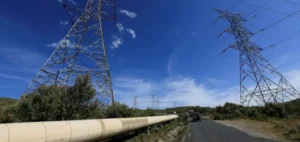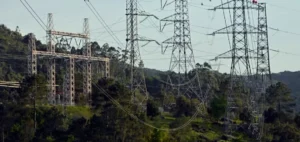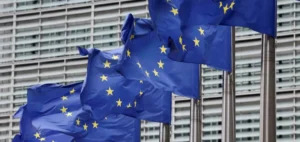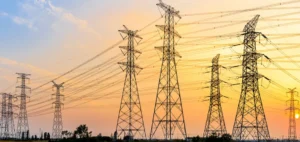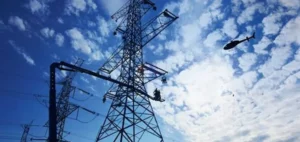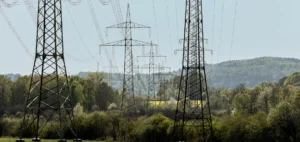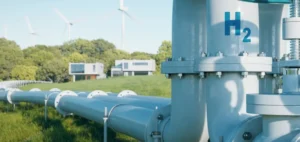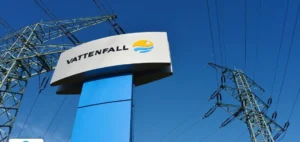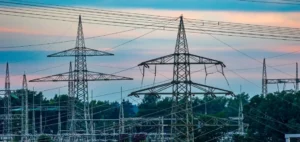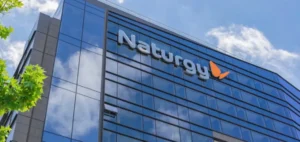The Government of Canada has announced funding of USD 9.6 million for five clean energy projects in Ontario. These initiatives fall under the Energy Innovation Program (EIP), which supports smart grid demonstration projects. The main objective is to enhance energy security and address the steady growth in electricity demand. The investments focus on modernizing infrastructure and integrating distributed energy resources, such as solar panels and batteries.
Federal support for new capacities
These projects are designed to facilitate the participation of consumers equipped with generation and storage systems in electricity markets. They are expected to improve grid flexibility and optimize energy flows between producers and consumers. According to officials, this federal funding will help limit certain operational costs and strengthen the grid’s adaptability to future demand pressures.
Among the selected initiatives, Alectra Inc. is developing the Centricity project, focused on modernizing control operations and opening new markets for customers. Peak Power Inc. will deploy solutions for managing distributed energy resources (DER), intended to increase system flexibility while maintaining reliability. These projects are part of a strategy to prepare for greater use of local technologies in energy supply.
Partnerships with private actors
Enova Power Corp is partnering with GridS2, an emerging cleantech company, to integrate artificial intelligence (AI) solutions into electricity distribution management. The stated goal is to improve planning and optimization of the grid, thereby unlocking the potential of distributed energy resources. These collaborations between private companies and federal funding illustrate the intention to involve a wide range of stakeholders in modernizing the electricity system.
One of the projects also benefits from the support of the international Green-Powered Future mission of Mission Innovation (MI GPFM). This initiative aims to demonstrate the feasibility of systems capable of integrating up to 100% variable renewable energy by 2030. The Canadian project is part of the “Five Demonstrations in Five Continents” initiative, which brings together several countries around common objectives for electricity networks.
A challenge of interconnection and resilience
Federal officials emphasize that the country’s competitiveness depends on a reliable and affordable energy grid. By targeting pilot projects, the Energy Innovation Program seeks to address specific market gaps and create replicable models for other provinces. These initiatives concern both electricity production and its circulation between territories, a key factor in supporting grid interconnection.
The funding raises questions about how quickly such projects can transform the regional organization of electricity. The expected results will be closely monitored by energy stakeholders, in a context where demand continues to grow and investment decisions directly shape the resilience and future competitiveness of the North American power grid.



